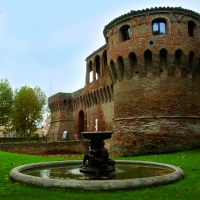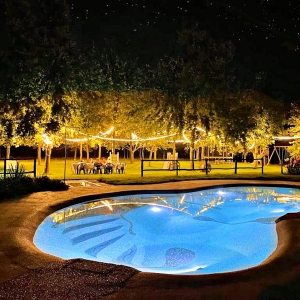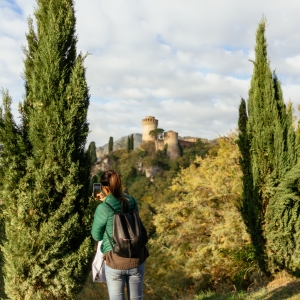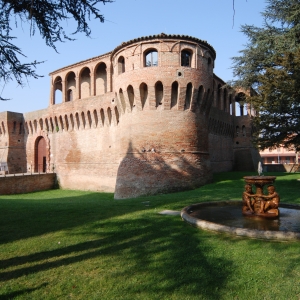Bagnara di Romagna
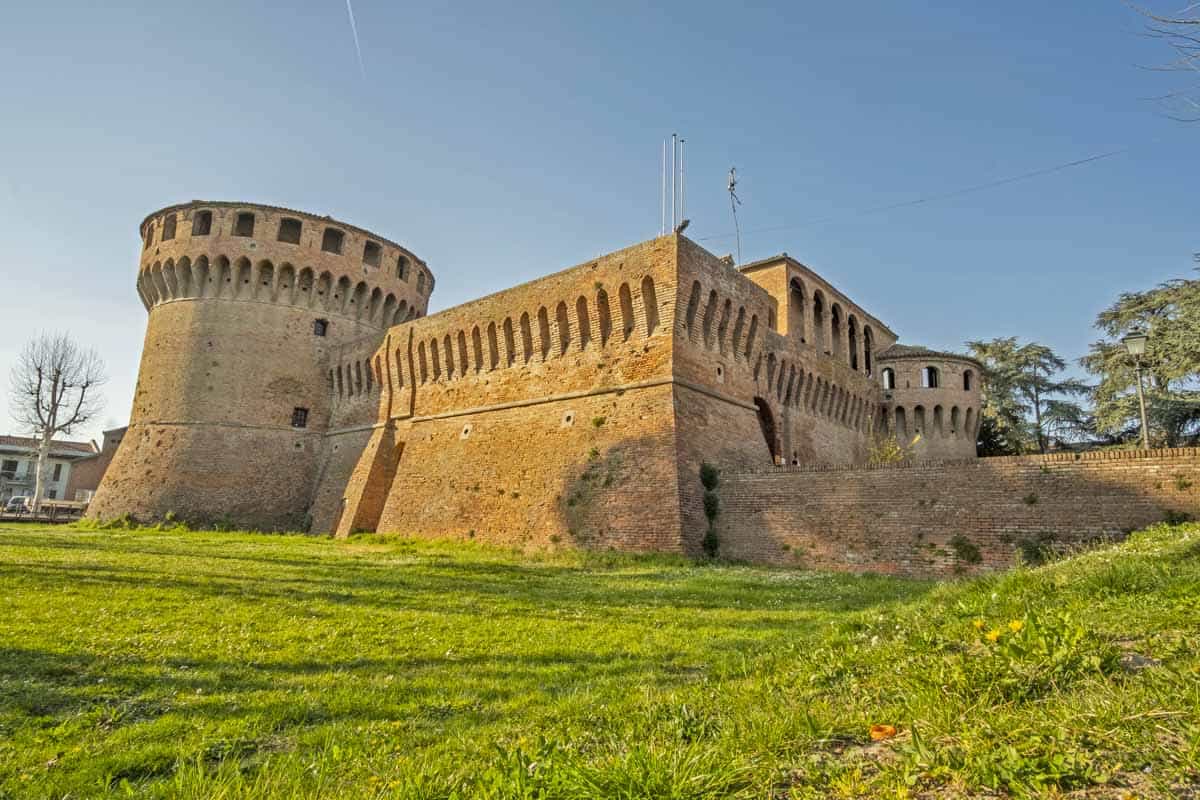
-
Destination
Romagna -
Province
Ravenna -
Distance to the main town
35 km - Where it is
- Why visit it
- When to go and what to see
- Room with a view
- Significant appointments
- In the surroundings
- Castles in the territory
- Monuments in the territory
- For more information
Where it is
Why visit it
In this region, Bagnara, today included in the club of the "I Borghi più belli d’Italia" ("Most Beautiful Villages in Italy"), is a rare example of a fully preserved medieval fortress. The defensive system with walls and moats can still be seen today. The donjon is considered by some scholars as one of the best 15th century Italian specimens.
When to go and what to see
The atmosphere of the past is still palpable in the Rocca Sforzesca; the fortress can be visited all year long. Besides the donjon, worth mentioning are also the Renaissance courtyard, some interiors with original wooden ceilings, the iron structure of the drawbridge, the arches, the well and the spiral staircase made with 78 blocks of sandstone; all of these are fine 16th century features.
The fortress now hosts the Museo del Castello; the museum’s archaeological collection features important local items from the Bronze Age to the Middle Ages. The original medieval town settlement can be seen in the archaeological site of Prati di S. Andrea.
Nearby the fortress is the 15th century archbishop church of Santi Giovanni e Andrea, which features precious artworks such as the terracotta Madonna del Pubblico Voto, the christening font, a 15th century tabernacle and an 18th century organ.
The church includes two interesting museums: the Parish Museum of sacred art, featuring the prized 16th century altarpiece with Madonna and Saints by Innocenzo da Imola, a wooden crucifix of the school of Donatello and several remarkable devotional ceramics. The Museo Pietro Mascagni is a large collection of letters and memorabilia related to the composer from Livorno, which were donated to the town by the local choir singer Anna Lolli.
Room with a view
The Locanda di Bagnara, a small four-star hotel inside the town’s walls, is a charming place from which to enjoy the medieval atmosphere of Bagnara. The building used to be a tavern and an inn until the 17th century; in the 19th century it was a stately home and now it is an elegant hotel, with a refined restaurant and wine bar.
Significant appointments
In spring, the traditional village festival celebrating "castrato", male sheep meat, will take place, and at the end of June, Popoli Pop Cult Festival will also enliven this town. Every corner, historical building and outdoor venue will host dance performances, from around the world, food stands with ethnic dishes and Romagna food, art and photography exhibitions.
In the surroundings
The 18th century sanctuary of Madonna del Soccorso, designed by the architect Cosimo Morelli, is located just 2km from the town centre on the way to Lugo. This church has received lots of pilgrims over the centuries, who came here to worship the painted terracotta of the Madonna and child; according to tradition the sculpture was placed on an oak tree above a pond and then its water became miraculous.
The 15th century stately home Villa Morsiani is also in the area. Surrounded by centuries-old trees, it houses the headquarters of an important St Bernard dog breeding centre and the international foundation "Antonio Morsiani" for dog studies. This is the birthplace of Birillo, one of the stars of the film Amici Miei by Mario Monicelli.
Monuments in the territory
